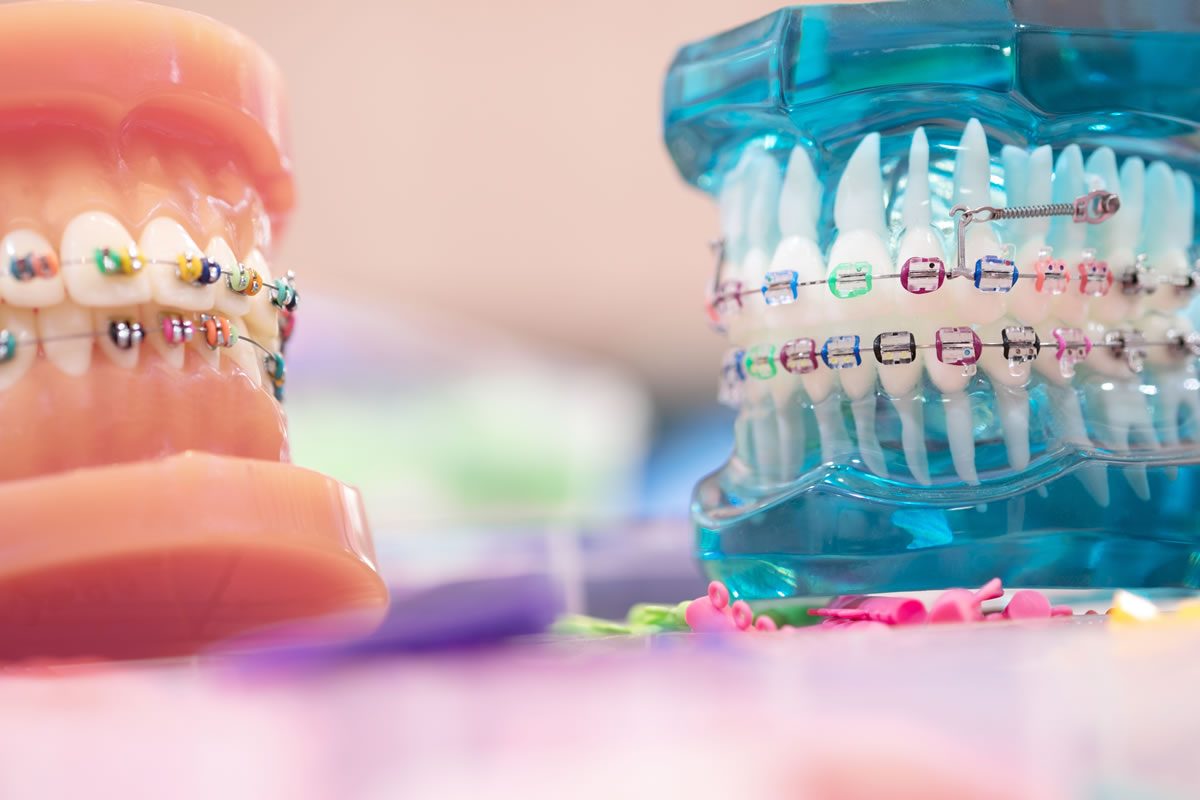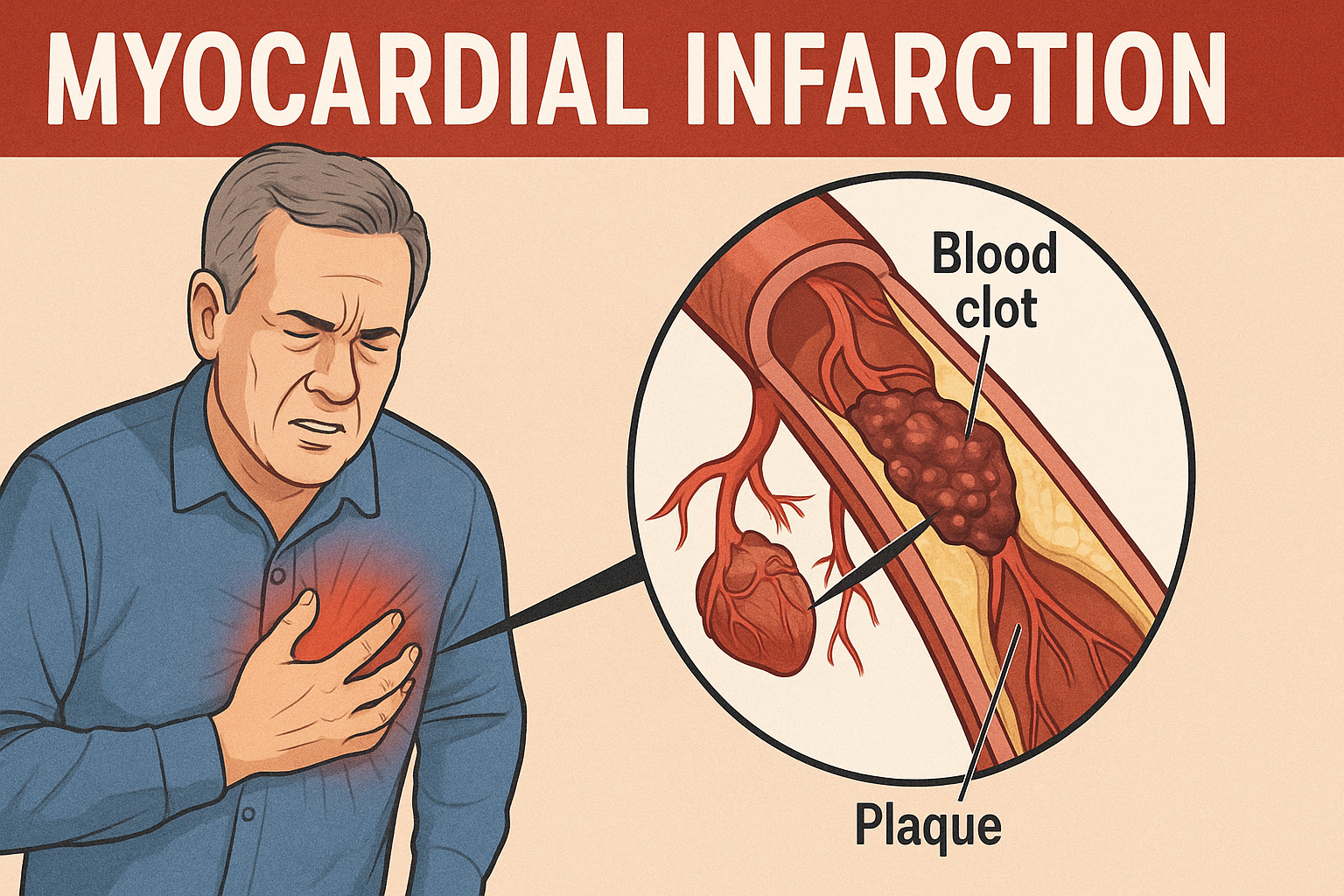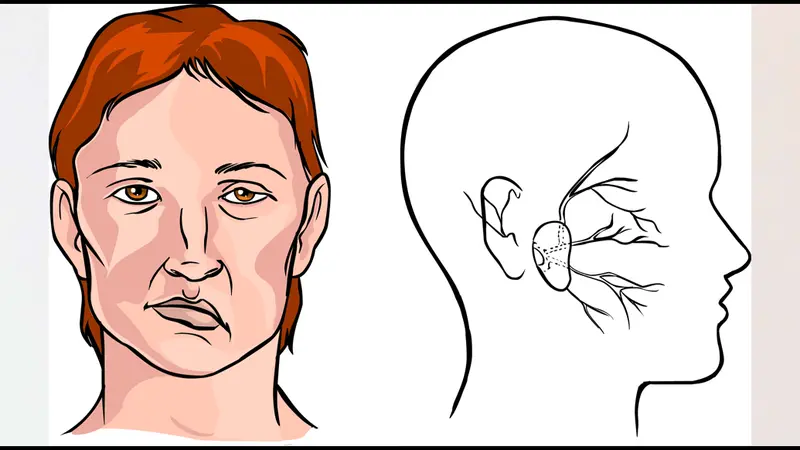I still remember the day I got my braces nearly 16 years ago. The orthodontist’s office smelled of that distinct clinical aroma mixed with mint, and I was terrified of the metal contraption that would soon be attached to my teeth. For the next two years, I navigated life with traditional metal brackets, struggling with food restrictions, painful adjustments, and countless broken wires. Looking back, it’s amazing to see how far orthodontic treatment has come in just over a decade.
The field of orthodontics has undergone a remarkable transformation in recent years. As someone who’s experienced both traditional orthodontics and newer treatment methods (I tried clear aligners for some minor adjustments a few years ago), I’ve witnessed this evolution firsthand. Today, I’m sharing insights into how modern orthodontics is making the journey to a perfect smile more comfortable, efficient, and accessible than ever before.
The Evolution of Orthodontic Treatment

Orthodontics has come a long way from its early days. According to dental historians, early orthodontic appliances have been found in ancient Egyptian mum, showing humanity’s long-standing desire for straight teeth. But the modern field of orthodontics as we know it began taking shape in the 18th and 19th centuries, with significant advancements occurring throughout the 20th century.
When I was growing up, traditional metal braces were virtually the only option available. These consisted of metal brackets bonded to each tooth, connected by wires that were tightened regularly to gradually move teeth into position. While effective, they came with numerous drawbacks: visibility, discomfort, dietary restrictions, and usually a treatment timeline of 2-3 years.
Today’s orthodontic landscape offers a variety of treatment options tailored to different needs, preferences, and lifestyles. From nearly invisible aligners to self-ligating braces and accelerated treatment protocols, patients now have unprecedented choices in their orthodontic journey.
Modern Orthodontic Options: Beyond Traditional Braces
The most significant change in orthodontics has been the expansion of treatment options beyond conventional metal braces. Here’s an overview of today’s most popular alternatives:
Clear Aligners: The Invisible Revolution
Clear aligner therapy, pioneered by Invisalign in the late 1990s but now available from numerous companies, has revolutionized orthodontic treatment. These custom-made, removable plastic trays gradually shift teeth into position without metal brackets or wires.
I opted for clear aligners for minor corrections after some post-braces shifting, and the experience was dramatically different from my teenage years with metal braces. The comfort level was incomparable—no cuts from wires or irritation from brackets. Being able to remove them for meals meant no food restrictions, and oral hygiene was significantly easier to maintain.
Clear aligners are particularly popular among adults and teens who are concerned about the appearance of traditional braces. However, they’re not suitable for all orthodontic issues, particularly complex cases involving significant bite corrections or tooth rotations.
The technology behind clear aligners continues to advance. The latest systems incorporate artificial intelligence to predict tooth movements more accurately and attachments (small tooth-colored shapes bonded to specific teeth) that allow for more complex movements than earlier aligner systems could achieve.
Self-Ligating Braces: More Comfortable Traditional Treatment
For patients who need the power of traditional braces but want a more comfortable experience, self-ligating braces offer an excellent middle ground. Unlike conventional braces that use elastic bands to hold the wire in place, self-ligating systems use a built-in mechanism to secure the wire.
A friend’s teenage daughter recently got self-ligating braces, and her experience has been noticeably better than what I endured. Her adjustment appointments are shorter, less frequent, and significantly less painful. The brackets are also smaller and less irritating to the cheeks and lips.
The main advantages of self-ligating braces include:
- Reduced friction, potentially allowing teeth to move more quickly
- Fewer adjustments and shorter appointment times
- Less pressure on teeth, resulting in reduced discomfort
- Easier cleaning due to the absence of elastics that can trap food
Lingual Braces: Hidden from View
For patients seeking the effectiveness of traditional braces with maximum discretion, lingual braces provide an option that’s completely hidden from view. These braces are similar to traditional brackets and wires but are attached to the inside (tongue side) of the teeth.
My colleague chose lingual braces for her treatment, and while they were indeed invisible during customer presentations and meetings, she did experience a more significant adjustment period. Speech was affected initially, and tongue irritation was an issue she had to overcome. However, she ultimately felt the aesthetic benefit outweighed these temporary challenges.
Lingual braces tend to be more expensive than other options and aren’t offered by all orthodontists, as they require specialized training and different techniques. They also may not be suitable for certain severe bite issues.
Technological Advances Transforming Orthodontic Treatment
Beyond the evolution of braces themselves, technological innovations have dramatically improved the orthodontic experience, from diagnosis through treatment completion.
3D Imaging and Digital Planning
One of the most significant advances has been the shift from physical impressions (those unpleasant trays of putty) to digital scanning. I still remember gagging on the impression material during my braces process, compared to the quick, comfortable 3D scan for my clear aligners years later.
Today’s orthodontists use intraoral scanners to create precise 3D models of patients’ teeth in minutes. These digital models enable:
- More accurate treatment planning
- The ability to show patients simulations of their expected results
- More precise creation of orthodontic appliances
- Reduced need for physical storage of patient models
- Easier communication with labs and other specialists
Combined with cone-beam computed tomography (CBCT), which provides detailed 3D images of teeth, bones, and airways, orthodontists now have unprecedented information for planning complex cases.
During my recent consultation, I was amazed when the orthodontist showed me an exact simulation of how my teeth would move throughout treatment. This technology not only improves outcomes but also helps patients understand and commit to the treatment process.
Accelerated Orthodontics: Speeding Up the Process
One of the most exciting areas of advancement is in techniques that can significantly reduce treatment time. Various approaches now exist to accelerate tooth movement safely:
Micro-osteoperforation: This technique involves creating small perforations in the bone around teeth, stimulating biological processes that speed up tooth movement. When my cousin was getting married and wanted to complete orthodontic treatment before her wedding, her orthodontist used this technique to reduce her treatment time by nearly 40%.
Vibrational devices: Products like AcceleDent or VPro apply gentle vibrations to the teeth for a few minutes daily, potentially accelerating tooth movement. Research on their effectiveness continues, with some studies showing modest improvements in treatment speed.
Low-level light therapy: Some systems use light energy to stimulate cellular activity and potentially speed tooth movement. While still emerging, this technology shows promise in reducing treatment duration.
These acceleration methods typically add cost to treatment but can be worthwhile for patients eager to complete their orthodontic journey more quickly.
Remote Monitoring: Fewer Office Visits
The COVID-19 pandemic accelerated the adoption of remote monitoring in orthodontics. Various systems now allow patients to take regular photos of their teeth using smartphone apps, which orthodontists can review to track progress without in-person visits.
My neighbor’s remote monitoring system for her son’s treatment has reduced their in-office visits by about 40%. They only go in when adjustments are needed, saving significant time and making orthodontic treatment more convenient for their busy schedule.
This technology is particularly beneficial for:
- Patients with limited mobility or transportation access
- Those living in rural areas far from their orthodontist
- Busy professionals or students who struggle to fit appointments into their schedules
- Reducing exposure during public health concerns
Remote monitoring doesn’t eliminate the need for in-person care but can make the overall process more efficient and convenient.
Advances in Addressing Specific Orthodontic Challenges
Modern orthodontics has also made tremendous progress in addressing particularly challenging cases that once required extensive treatment or even surgery.
Expansion Devices: Creating Space Without Extractions
When I was getting braces, having teeth extracted to make room for proper alignment was common practice. Today, various expansion appliances can often create necessary space without removing healthy teeth.
Palatal expanders gradually widen the upper jaw, creating room for crowded teeth. Similarly, mandibular advancement devices can help correct overbites by encouraging proper lower jaw development and positioning.
My niece’s orthodontist used a palatal expander before her braces, avoiding the extractions that were once standard for cases like hers. The difference in approach just a generation apart is remarkable.
Temporary Anchorage Devices (TADs): Enabling Complex Movements
Small, screw-like implants called temporary anchorage devices have revolutionized what’s possible with orthodontic treatment. These tiny titanium anchors are temporarily placed in the jawbone to provide fixed points that help move teeth in ways that were previously impossible without surgery.
A friend who was told decades ago that she would need jaw surgery to correct her open bite was able to achieve excellent results using TADs instead. These devices allowed her orthodontist to intrude her back teeth (move them up into the jawbone), effectively closing her bite without invasive surgery.
Addressing Sleep Apnea and Airway Issues
Perhaps one of the most important evolutions in orthodontics is the increased focus on airway health. Modern orthodontists don’t just straighten teeth—they evaluate how dental alignment affects breathing during sleep and overall airway function.
Specialized appliances can help expand narrow airways and reposition the jaw to improve breathing. There’s growing recognition that addressing these issues, especially in children, can prevent sleep-disordered breathing and its associated health problems later in life.
When my son was evaluated for braces, I was impressed that the orthodontist assessed his airway and breathing patterns—something never mentioned during my own treatment years ago. This holistic approach reflects how the field has evolved beyond cosmetic concerns to address overall health.
The Future of Orthodontics: What’s on the Horizon
As technology continues to advance, several emerging trends show promise for further transforming orthodontic treatment:
Bioactive Materials and Growth Factors
Research is underway on materials that could actively promote bone remodeling and tooth movement, potentially reducing treatment time even further. Similarly, locally applied growth factors might one day accelerate the biological processes involved in orthodontic treatment.
3D Printing for Custom Appliances
While 3D printing is already used in creating models and certain orthodontic appliances, ongoing advances may soon allow for completely customized brackets, aligners, and other devices manufactured right in the orthodontist’s office.
I recently spoke with an orthodontist who had just installed a high-end 3D printer in his practice. He explained how this technology was allowing him to create custom treatment solutions for complex cases that wouldn’t be possible with off-the-shelf products.
Artificial Intelligence in Treatment Planning
AI algorithms are increasingly being applied to analyze orthodontic records and suggest optimal treatment approaches. These systems can process thousands of similar cases to predict how a specific patient will respond to treatment, potentially improving outcomes and reducing treatment time.
During my last consultation, the orthodontist mentioned that their treatment planning software now incorporates AI to help predict which teeth might be resistant to movement, allowing them to adjust mechanics proactively rather than reactively.
Making the Decision: Factors to Consider
With so many options available, deciding on the right orthodontic treatment can feel overwhelming. Here are some factors to consider:
Treatment Goals: Beyond Straight Teeth
When I first got braces, the focus was almost exclusively on creating straight teeth and a proper bite. Today’s approach is more comprehensive, considering:
- Facial aesthetics and profile
- Airway health and breathing function
- TMJ (jaw joint) health
- Long-term stability
- Overall dental health
A good orthodontist will discuss all these factors rather than focusing solely on alignment.
Lifestyle Considerations
Different orthodontic options fit different lifestyles:
- Traditional braces may be best for those who might struggle with the discipline required for removable aligners.
- Clear aligners offer advantages for adults in professional settings concerned about appearance.
- Lingual braces provide invisibility with the compliance advantage of fixed appliances.
When I chose clear aligners for my touch-up treatment, my orthodontist was honest about the need for disciplined wear (22+ hours daily) and whether my lifestyle would accommodate that requirement.
Cost and Insurance Considerations
Orthodontic treatment remains a significant investment:
- Traditional metal braces typically range from $3,000 to $7,000
- Clear aligners generally cost between $3,500 and $8,000
- Lingual braces can range from $8,000 to $12,000
Insurance coverage varies widely, with many plans covering a portion of orthodontic treatment, particularly for patients under 18. However, coverage for adult treatment and more aesthetic options may be limited.
Many orthodontists offer payment plans, and health savings accounts (HSAs) and flexible spending accounts (FSAs) can often be used for orthodontic expenses.
When comparing costs, it’s important to ensure you’re getting complete pricing that includes all aspects of treatment, from initial records to retainers and follow-up care.
Retention: The Often Overlooked Final Phase
One aspect of orthodontic treatment that deserves more attention is retention—the phase after active tooth movement is complete. Without proper retention, teeth can shift back toward their original positions, undoing the benefits of treatment.
I learned this lesson the hard way when I wasn’t diligent about wearing my retainers after my braces came off, eventually requiring additional treatment years later. Modern retention protocols typically involve:
- Initial full-time retainer wear (often 22 hours daily for several months)
- Gradual reduction to nighttime-only wear
- Long-term (often indefinite) nighttime retainer use
Some orthodontists now place fixed retainers—thin wires bonded behind the front teeth—in addition to removable retainers for maximum stability. This combined approach has shown excellent long-term results.
The materials used for retainers have also improved, with more durable and comfortable options available. Clear retainers that resemble aligners are popular, as are hybrid designs that combine the durability of traditional wire retainers with more comfortable and aesthetic materials.
Final Thoughts: The Changing Face of Orthodontics
As someone who has experienced both traditional orthodontics and newer approaches, I’m continually impressed by how the field has evolved to become more patient-centered, comfortable, and efficient.
Today’s orthodontic patients benefit from:
- More treatment options tailored to their specific needs
- Shorter treatment times with fewer appointments
- Less discomfort throughout the process
- Better long-term results through improved diagnosis and planning
- A more holistic approach that considers overall health
If you’ve been considering orthodontic treatment but have hesitated based on memories or stories of traditional braces, it’s worth exploring how the field has changed. The perfect smile you’ve wanted might be more accessible and achievable than you imagined.
Whether you’re a teenager just beginning your orthodontic journey, a parent researching options for your child, or an adult considering treatment, today’s advances make it an excellent time to pursue orthodontic care. The technology, techniques, and understanding of orthodontics continue to advance rapidly, making the future of this field even brighter than its impressive present.



